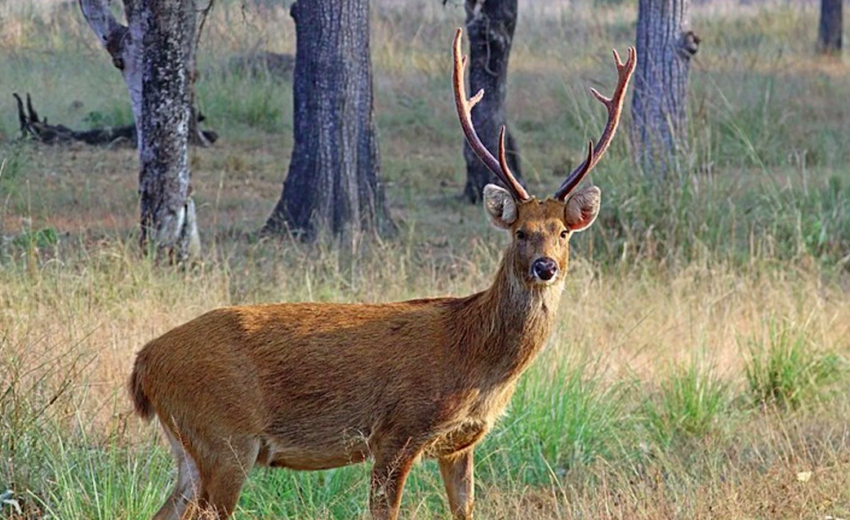The barasingha, aka swamp deer, is a species of deer with unusually large antlers, in relation to their head. They can often get 12 points to their antlers. These deer are found
- Zoology
- Daily Critter Facts
- For Teachers
- Study Guides
- Diseases & Parasites
- Contact

